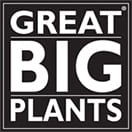No matter what your nutrient inputs are, your plants won’t succeed with poor soil structure; there are several key biological processes in plant and root growth that are aided and facilitated by strong soil structure.
Air flow and moisture retention are imperative to good soil, and there is an ideal balance. You want media that will hold moisture, but at a mix that still allows for good drainage and airflow; just as you want a material that will allow for good airflow without increasing the drainage factor. With a poor structure, your plants are prone to root rot as well as a diminished rate of nutrient uptake and root size itself.
There are typically three classes of particulates that make up soils: clay, silt, and sand.
Clay particles perform extremely well for moisture retention but allow for little to no airflow.
Sand on the other hand provides an exceptional airflow but fails to retain moisture at the levels needed for growth.
Silt performs reasonably well in both retention and airflow, but it can only hold a limited amount of nutrients.
The ideal mix is a Loam soil consisting of 20% clay, 40% sand, and 40% silt. This allows for a structure that efficiently holds moisture and allows air to pass through easily.
If you’re unsure of your soil, there is a simple way to test its composition:
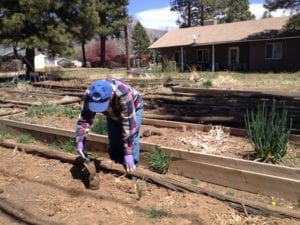
1. Take a glass jar, and fill it halfway with the soil you’d like to test.
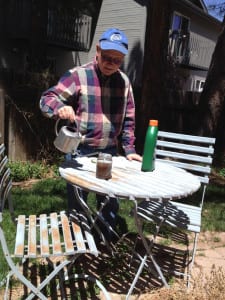
2. Fill your jar with water until the jar is 75% full

3. Add a tablespoon of dish-washing detergent (liquid or granule) then close the lid tightly.
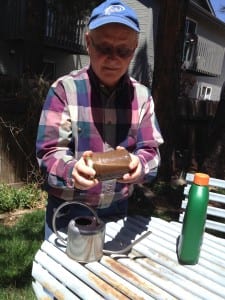
4. Shake your closed jar vigorously for 3 minutes to separate the particles, then rest it on a flat stable surface where it will be undisturbed for a few days – allowing the particles to settle.
The detergent added to your jar ‘cleans’ the particles off of one another, allowing them to settle down in individual layers. Once your test has settled, take a look at what you have and what you’ll need to add.
Here are our results from the trial pictured above:
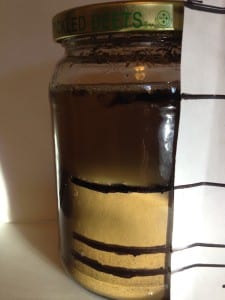
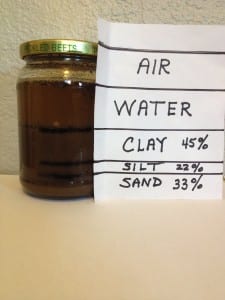
The soils in the neighborhood where we took the sample are predominately clay, so we would expect our test to reflect that. We checked the jar after a few days, and sure enough, the soil had separated into layers consisting of 45% clay, 22% silt, and 33% sand.
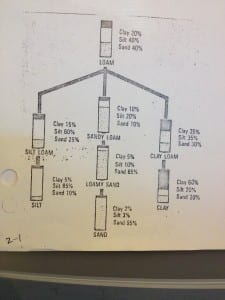
According to the soil structure chart, this falls somewhere between a clay soil (60% clay, 20% silt, 20% sand and clay-loam (35% clay, 35% silt, 30% sand.)
We will need to mix in a couple of inches of manure and compost along with an ample soaking of Great Big Plants Liquid Compost to get this soil into top condition before planting the garden.
